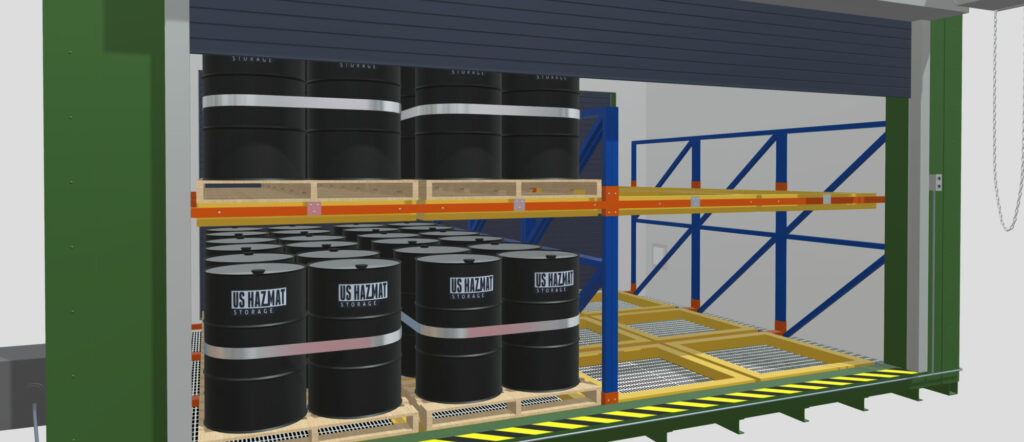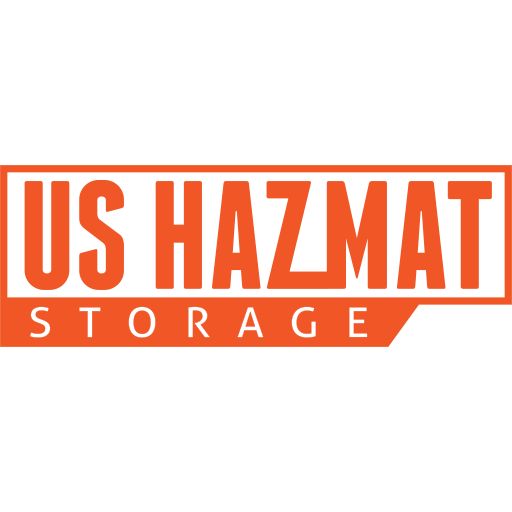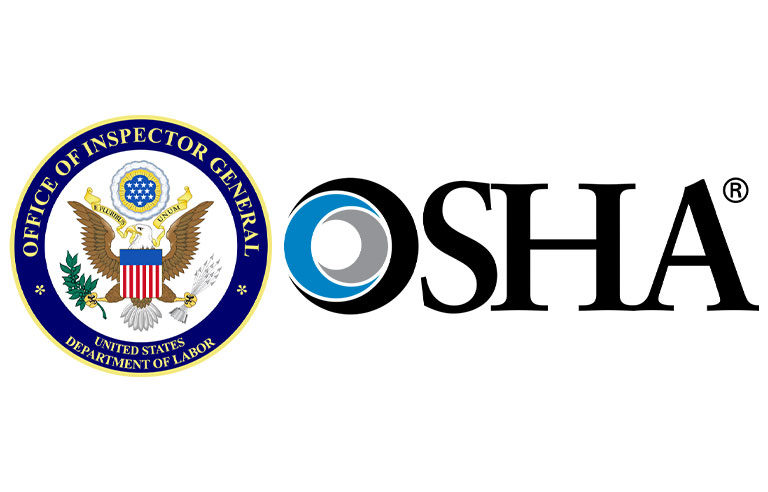OSHA is not on your payroll. While profits and maximizing your company’s rate-of-return keeps the lights on at the factory, OSHA values workplace safety above all else. OSHA is the federal body tasked with writing and enforcing volumes of safety regulations to minimize catastrophic accidents. OSHA asks a lot of manufacturing facilities that fall under its purview and the same is true for it’s safety inspectors. They rely on agents in the field to make stern decisions on whatever safety violations they encounter daily. Although OSHA strives for perfection in regulation enforcement, they sometimes fall short of the mark. Sometimes, their agents need clarification from headquarters. To untangle some of the bureaucracy that confounds inspectors and companies alike, OSHA is announcing safety updates to is process safety management guidelines.
How Will OSHA Safety Updates Impact Your Facilities?

OSHA’s safety updates to the PSM is the first in nearly 30 years. To be clear, the guidelines is not an instruction, standard or regulation. The 103-page overview contains an exhaustive list of questions collected from field inspectors since 1994. Overall, the goal of the PSM update is to provide guidance to common questions field agents routinely encounter while inspecting jobsites. But the PSM OSHA safety updates isn’t an internal memo privy to just agents. Manufacturers can gain a better understanding of what safety inspectors look for while examining your workflow operations and chemical storage. By paying close attention to the list of inspectors’ questions, your company can head off any potential storage dilemmas.
Reviewing Common Questions From OSHA Agents in the PSM Update
Like it or not, OSHA safety regulations aren’t relaxing. In fact, clarification of existing chemical storage PSM guidelines is indicative of greater scrutiny from federal regulators in the coming years. Below is a list of some of the more common questions from agents working in the field. You can find answers to these questions and others in OSHA’s PSM update.
- Does an employer need to conduct another compliance audit after completion of their initial compliance audit?
- When determining whether a process contains a threshold quality for those highly hazardous chemicals listed in Appendix A that do not have a listed concentration, do the quantities of the HHC that are part of the solution or mixture count toward the TQ?
- Must employers register their PSM-covered facilities with OSHA? Is the quantity of a specific HHC aggregated over a period used to determine if the amount exceeds the TQ in a PSM-covered process?
- Does the PSM standard apply to sulfuric acid?
- Does the PSM standard apply to hydrogen and sodium hydroxide?
Common Questions About Flammable Liquids

- Are the quantities of flammable liquids (Flash Point < 100°F) and flammable gasses (Category 1) combined to determine if a TQ has been exceeded?
- For processes involving flammable gas mixtures, are the non-flammable components in the mixture included when determining the TQ?
- Does the PSM standard apply to the distilling industry in North American Industry Classification System?
- Are biodiesel plants PSM covered?
- Do the PSM regulations pertain to retail stores?
What About Hydrocarbons and Petroleum Products?
- Are the methane collection systems described above PSM covered?
- 350-gallon totes containing flammable liquids are used at a facility to refuel vehicles. Are they covered by the PSM standard?
- Does the PSM standard apply to gasoline used as a fuel to test and run inboard and outboard engines?
- Are Oil or Gas Well Drilling or Servicing Operations?
- Does the PSM standard apply to pyrotechnics (fireworks) and explosives? Does a TQ for this category exist?
Prevent Civil Penalties With Proactive Chemical Storage Solutions

As you might imagine, we’ve only scratched the surface of the complete list of questions presented by field agents over the years. The hardworking safety inspectors have encountered many potential safety violations requiring clarification. We admire their strict adherence to regulations and commitment to preventing catastrophic industrial accidents. As with any governmental documentation, it’s easy for companies to get lost in the jungle of legal jargon. Allow the experts at U.S. Hazmat to be your official interpreter to OSHA rules and regulations. We can provide keen insight and comprehensive chemical storage solutions to keep your company compliant in light of current OSHA safety updates.


